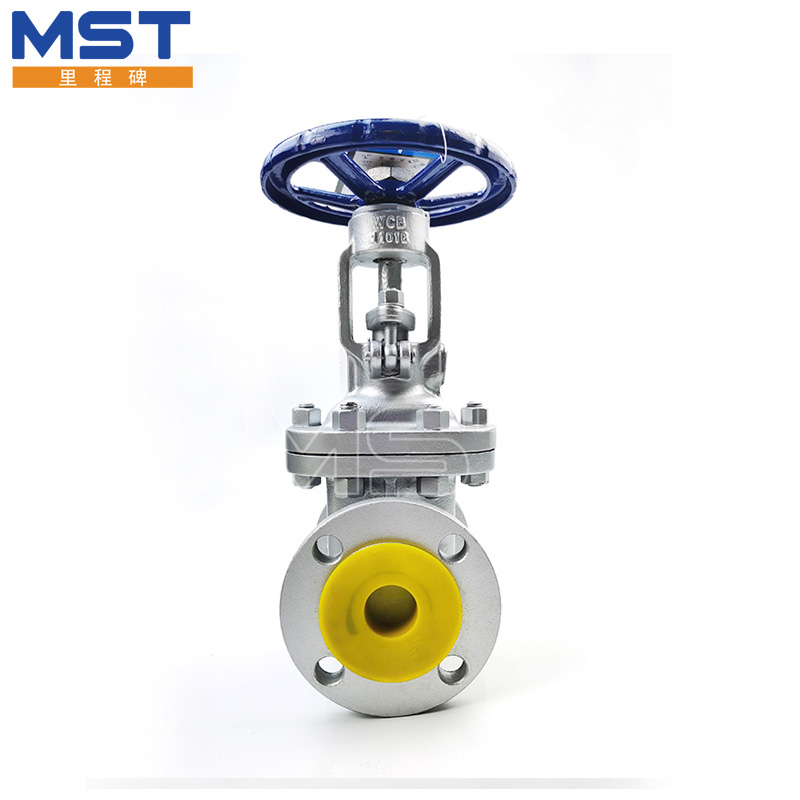Key Features and Specifications of API Standard Gate Valve
2024-06-21
API standard gate valves are essential components in the oil and gas industry, designed and manufactured according to specifications set by the American Petroleum Institute (API). These valves play a crucial role in controlling the flow of fluids in pipelines and are known for their reliability and durability in demanding industrial environments. Here’s an overview of API standard gate valves:
Key Features and Specifications:
1. Design and Construction:
- Gate Valve Type: Typically, API gate valves are of the rising stem or non-rising stem type.
- Material: Commonly constructed from carbon steel, stainless steel, or other alloys suitable for high-pressure and high-temperature applications.
- End Connections: Flanged, threaded, or welded ends as per API specifications.
2. Size and Pressure Class:
- Available in a range of sizes from 2 inches up to very large diameters, depending on the pipeline requirements.
- Pressure ratings typically conform to API standards such as API 6D (for pipeline valves) or API 600 (for steel gate valves).
3. Operating Mechanism:
- Rising Stem: The stem rises above the valve body when the valve is opened, providing a visual indication of the valve position.
- Non-Rising Stem: The stem threads are inside the valve body, suitable for applications with limited vertical space.
4. Sealing Mechanism:
- Gate valves use a wedge-shaped gate to control the flow of fluids. When the valve is fully open, the gate retracts into the valve body, allowing unrestricted flow.
5. API Standards Compliance:
- Designed, manufactured, and tested according to API standards to ensure reliability, performance, and safety.
- API standards also cover material selection, testing procedures, and dimensional requirements to meet industry specifications.
6. Operation and Maintenance:
- Gate valves require periodic maintenance, including lubrication of stem threads and packing glands to ensure smooth operation and prevent leakage.
- Routine inspections and testing are necessary to verify the valve’s integrity and functionality.
Applications:
1. Oil and Gas Industry:
- Used in upstream, midstream, and downstream operations for isolation and control of crude oil, natural gas, and refined products.
- Critical in pipelines, refineries, petrochemical plants, and offshore platforms.
2. Petrochemical and Chemical Industries:
- Applications include handling corrosive chemicals, acids, and other hazardous fluids where reliable shut-off capabilities are essential.
3. Power Generation:
- Gate valves are utilized in power plants for controlling steam, water, and other fluids in boiler feed systems, cooling water circuits, and turbine bypass lines.
4. Water and Wastewater Treatment:
- Municipal and industrial water treatment facilities use gate valves for controlling flow in water distribution networks, reservoirs, and treatment processes.
Advantages:
1. Reliable Shut-Off:
- Gate valves provide a tight seal and minimal pressure drop when fully closed, ensuring efficient flow control.
2. Durability:
- Constructed from robust materials and designed to withstand high pressures, temperatures, and corrosive environments.
3. Versatility:
- Suitable for a wide range of applications due to their design simplicity and effective sealing mechanism.
4. Long Service Life:
- Properly maintained gate valves can offer long service intervals and reliability in critical industrial processes.
Considerations:
1. Installation Requirements:
- Proper alignment and support are essential to prevent operational issues and ensure longevity.
2. Operational Conditions:
- Temperature, pressure, and fluid characteristics must be considered when selecting materials and specifications.
3. Maintenance Planning:
- Regular inspection and maintenance schedules should be established to prolong valve life and minimize downtime.
API standard gate valves are integral components in industrial applications where reliable flow control and safety are paramount. Their adherence to API standards ensures consistency in design, manufacturing, and performance, making them a preferred choice in the oil and gas sector and other critical industries.



